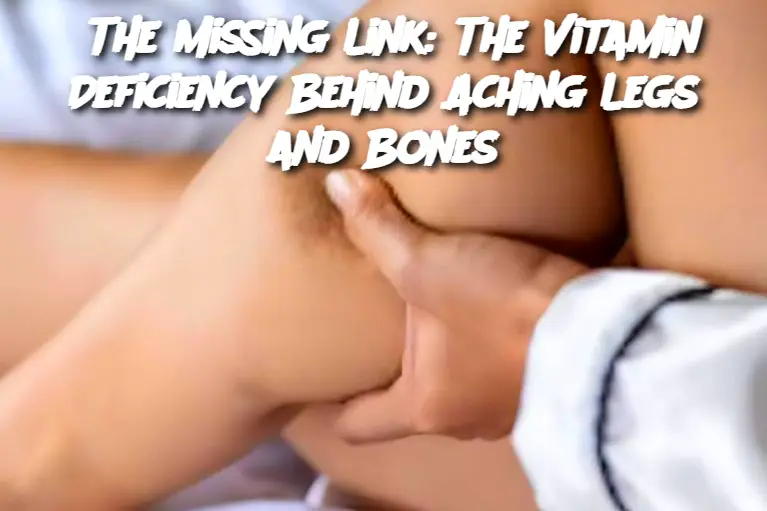ADVERTISEMENT
Vegan sources:
Use plant-based fortified milks and cereals, and rely on UV-treated mushrooms for natural Vitamin D.
Herbal supports:
Some herbs like nettle and horsetail contain bone-strengthening minerals and can be consumed as teas.
Physical activity:
Engage in light resistance exercises like walking, yoga, or low-impact strength training to stimulate bone and muscle strength.
Anti-inflammatory diet:
Leg and bone pain can also stem from inflammation. Incorporate turmeric, ginger, olive oil, and berries to support your body’s natural healing process.
Frequently Asked Questions
1. What are the symptoms of Vitamin D deficiency?
Common signs include bone pain, muscle weakness, fatigue, mood changes (like depression), and frequent illness due to a weakened immune system.
2. Can Vitamin D deficiency cause leg cramps or restless legs?
Yes. Low levels of Vitamin D can lead to muscle discomfort, cramps, and even nerve sensitivity, especially in the legs.
3. Is too much Vitamin D harmful?
Yes. High doses over time can lead to toxicity, causing nausea, kidney problems, and calcium imbalance. Always stick to recommended dosages unless prescribed otherwise.
4. What’s the best time to take Vitamin D supplements?
Take them with a fat-containing meal, as Vitamin D is fat-soluble and absorbs best alongside healthy fats.
5. Can children or the elderly also suffer from Vitamin D deficiency?
Absolutely. Children, the elderly, and people with limited sun exposure are at higher risk and should monitor their levels with the help of a doctor.
Final Thoughts:
If you’re experiencing unexplained leg or bone pain, don’t ignore it—your body might be asking for more than just rest. A few dietary tweaks, mindful exposure to sunlight, and possibly supplements could restore the balance and have you feeling stronger, more energized, and pain-free.
ADVERTISEMENT
